Peaceful scene at Chew Jetty floating village.
Unique multicultural identity
Upon arriving in Penang, visitors will immediately be captivated by the warm, vibrant atmosphere of the island. The highlight is the old town of George Town - a UNESCO World Heritage Site. Streets such as Lebuh Campbell, Chulia or the alleys around George Town offer a unique experience of history and culture. Here, colonial architecture blends with the imprints of Chinese, Indian, Malay and Western cultures, creating a vibrant, colorful space.
Penang has gone through the colonial period and become a prosperous economic and cultural center, still preserving its unique and precious heritage to this day. Besides the beautiful beaches and bustling night markets, Penang stands out for its way of preserving and promoting traditional values, hidden through each row of ancient houses in George Town. Especially the Clan Jetty floating village system, including 6 villages formed in the late 19th century by poor immigrants, mostly from Fujian (China). They built wooden houses on water-resistant stilts to adapt to the circumstances, forming a close-knit community with a strong cultural identity.
Chew Jetty Heritage
Unable to afford land, Chinese immigrants built wooden houses along the jetty - simply called "jetty". Each jetty is associated with a family such as Chew, Lim, Tan... Chew Jetty is one of six floating villages that still exist and develop today, with dozens of wooden houses close to the water, connected by narrow walkways made of wooden planks stained by time. Each house has a walkway, porch and water-resistant pillars, bearing the traditional architectural mark of the Chinese people, while adapting to the living environment near the water. Through many events, Chew Jetty still retains its rustic features, becoming a unique heritage of Penang.
Floating wooden house on the water at Chew Jetty.
Having the opportunity to stay at Chew Jetty House - a house with a large wooden mural standing out by the boat dock - I witnessed with my own eyes the simple life of the floating village people. Chew Jetty is not only the residence of the Chew family, but also a testament to the process of cultural integration, when customs such as ancestor worship and folk festivals are still maintained through many generations. Although modernized with electricity and running water, this place still retains its rustic features. Each layer of wooden planks, each pillar supporting the house tells the story of the journey across the sea, the nostalgia for the homeland and the desire to build a new life. This creates an interesting contrast: between the past and the present, between the rustic and the comfortable, demonstrating the ability to integrate while still preserving the community's own identity.
Floating village in the midst of change
The residents here - mainly descendants of Chinese immigrants - still maintain a lifestyle close to nature, combining fishing, small business and handicraft making to earn a living and preserve traditions. Some houses have been transformed into homestays, souvenir shops, and snack shops.
Standing here, you will feel more clearly the constant movement of time: old boats dock, old wooden roofs opposite modern homestays, old people sitting on their porches watching the bustling flow of tourists. The village stands on the border between development and preservation. However, the people of Chew Jetty always try to balance so that tradition still infiltrates the constant changes.
Every morning, they start their day with simple activities: preparing breakfast, chatting, sharing a cozy family meal of dim sum, sticky rice cakes, sweet soups, and noodles. Chew Jetty's cuisine is imbued with the flavors of their distant homeland, while also carrying the distinct Penang vibe, creating a unique culinary symphony.
Sunset at Chew Jetty is also an unforgettable experience. Strolling along the wooden boardwalk soaked in the sea breeze, visitors will feel the gentle sound of waves and the sunlight dyeing the water golden, evoking the feeling of going back in time, listening to the call of an old and vibrant Penang. Chew Jetty is not only a heritage, but also a part of the people who used to call this place “home”.
Penang, though small, is home to a rich cultural world. From the floating villages with wooden architecture and a simple lifestyle to the historic old town of George Town, Penang offers visitors a unique, multi-dimensional experience. Chew Jetty, with its rustic wooden houses and long-standing community, is a symbol of integration and heritage preservation. A visit here will give you the opportunity to feel the cultural, historical and diverse values of a Penang that is not only nostalgic but also constantly changing with the flow of time.
Source: https://hanoimoi.vn/chew-jetty-di-san-noi-tren-mat-nuoc-penang-696499.html



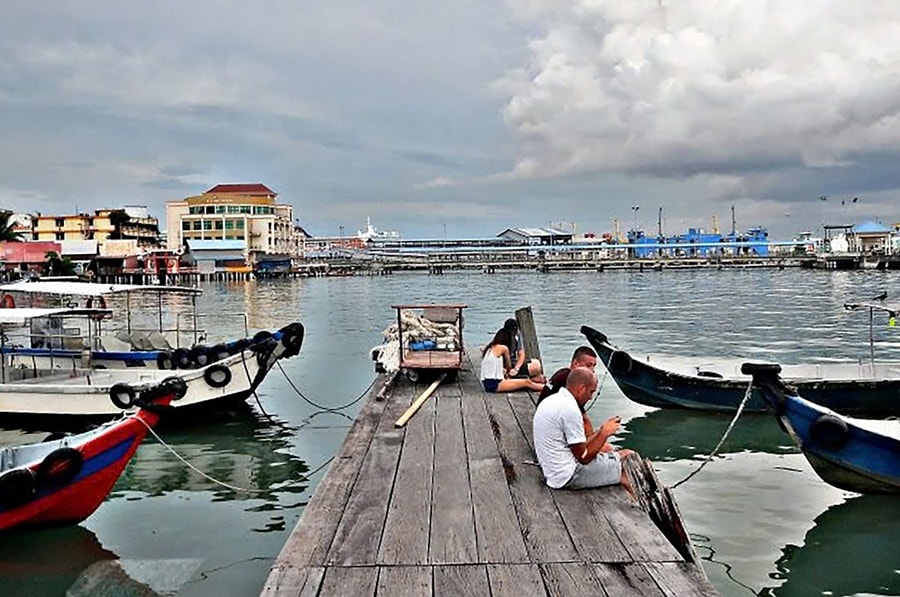
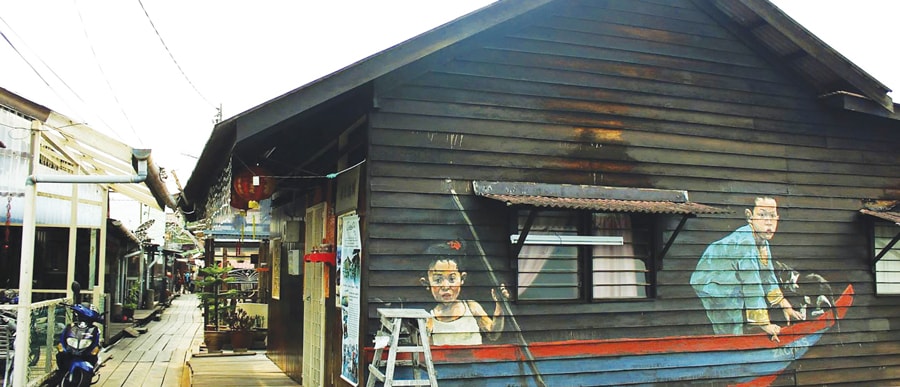






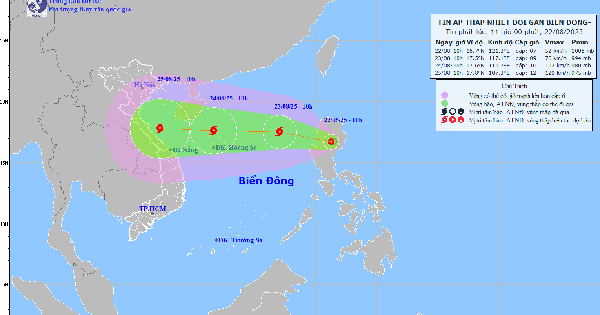

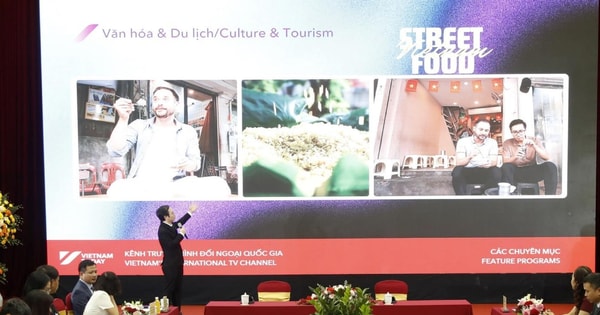








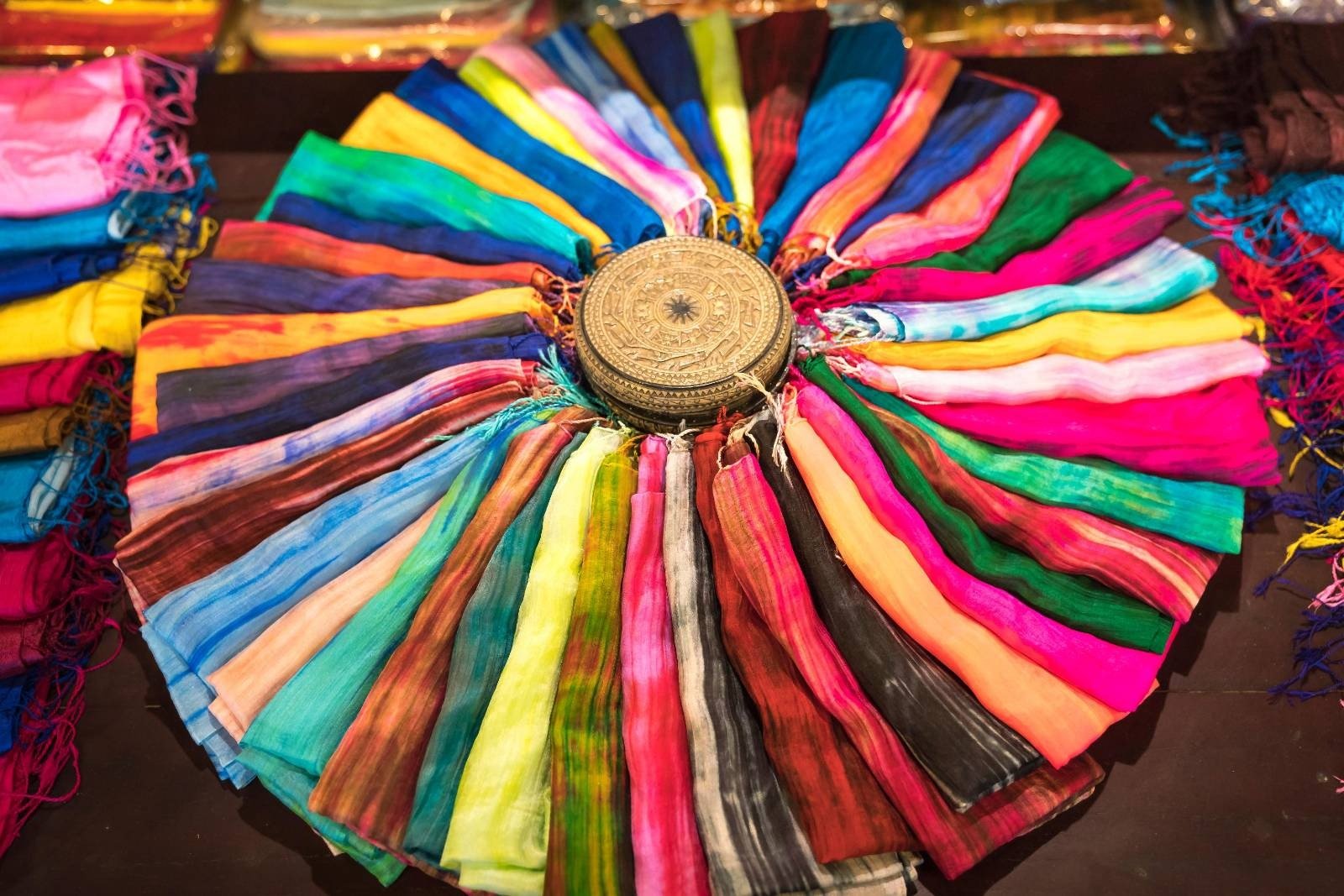



















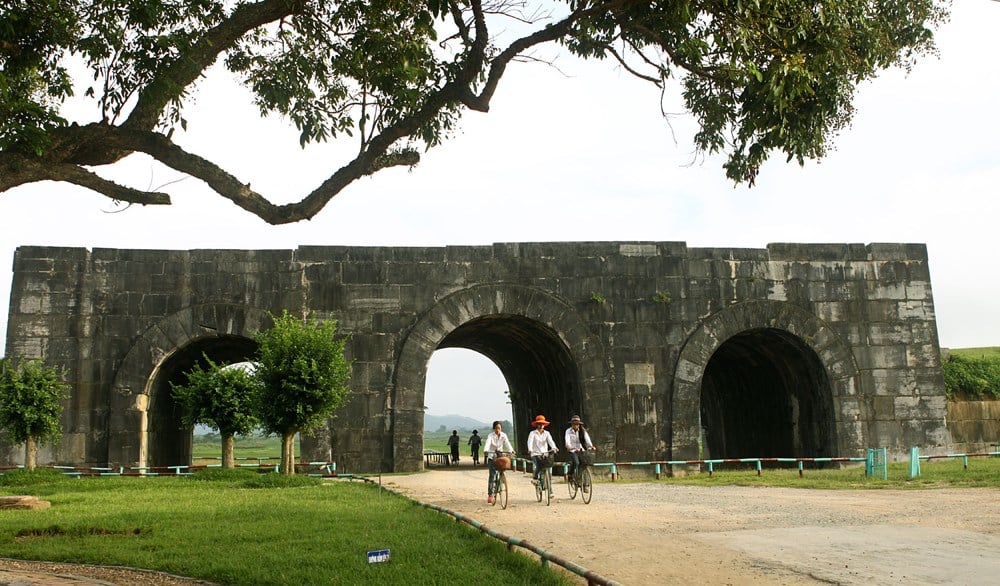







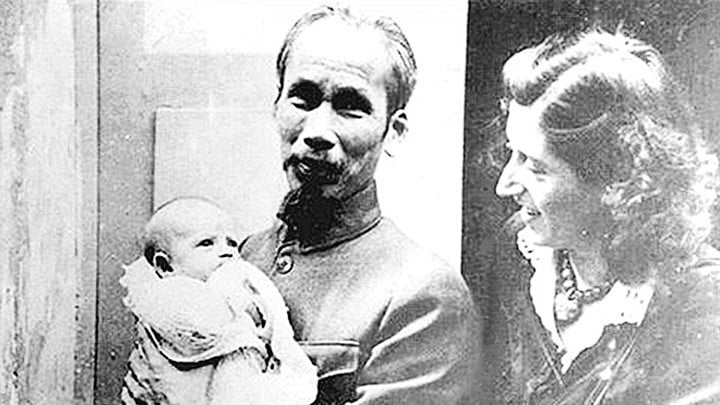




































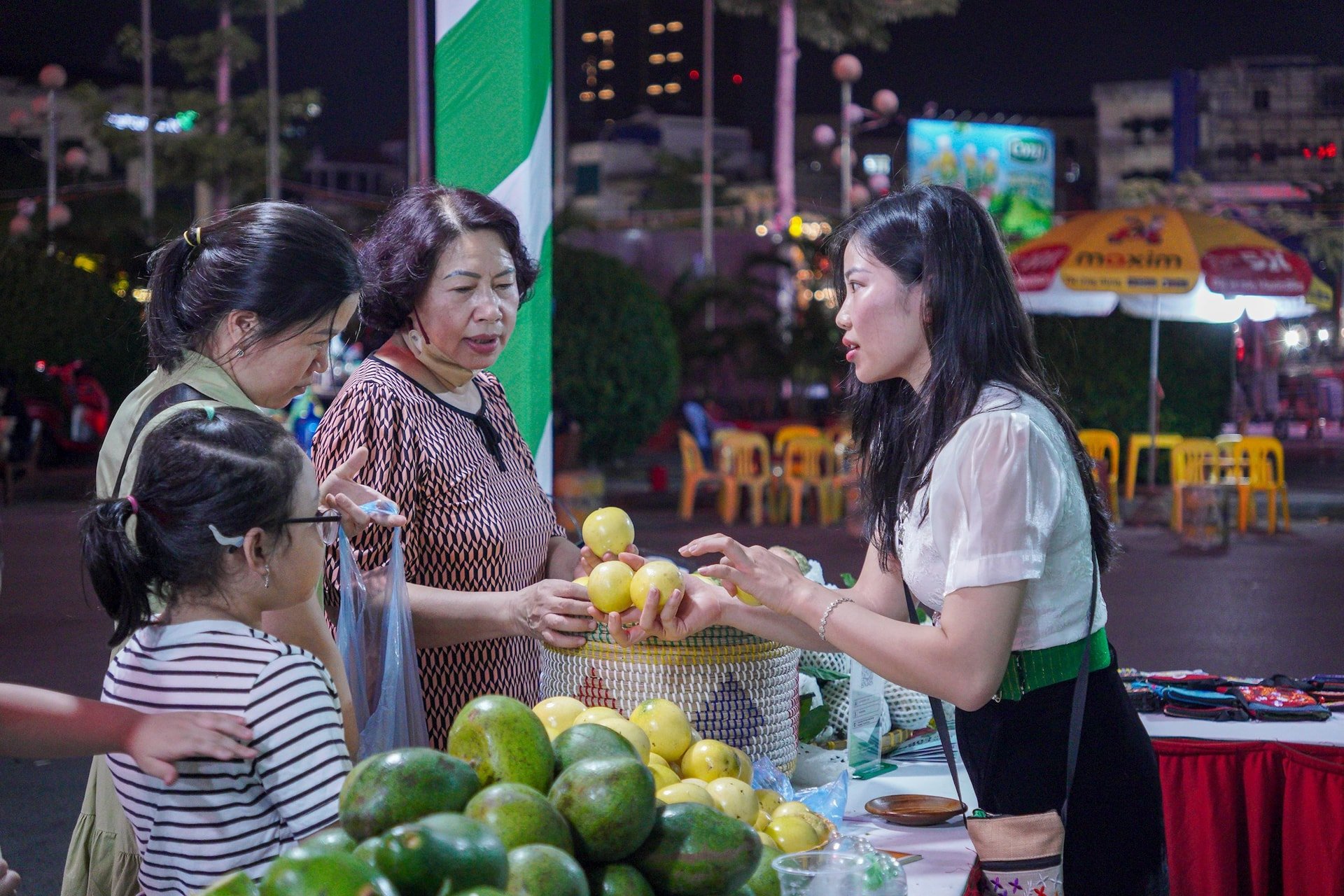










Comment (0)